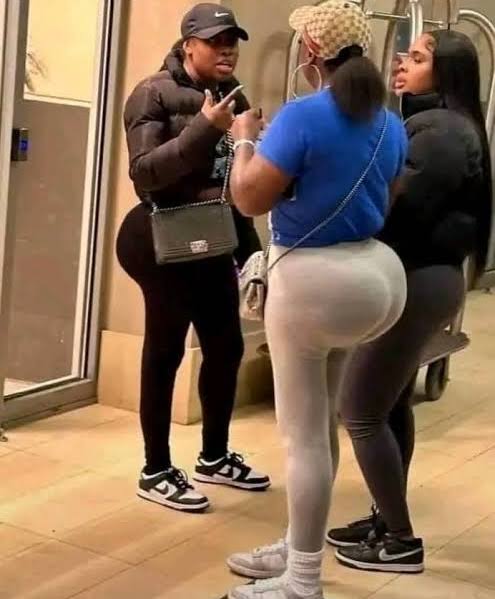The Brazilian Butt Lift, popularly known as the BBL, has taken over the beauty world like wildfire. Once a niche cosmetic procedure, it has now become one of the most sought-after surgeries globally. From celebrities flaunting their enhanced curves on social media to everyday people chasing the dream of a “perfect body,” the BBL phenomenon has created a craze that shows no signs of slowing down. But what led to this obsession, and why is it being described as a “pandemic” in the beauty and health sectors?
At its core, the BBL involves removing fat from other areas of the body, such as the abdomen or thighs, and injecting it into the buttocks to create a fuller, more contoured look. It promises dramatic results without the need for implants, making it a popular choice. However, this procedure is not without risks, and the increasing demand has led to concerning trends in the health sector.
The rise of social media and the glorification of certain body types are significant drivers of this craze. Platforms like Instagram and TikTok are filled with images of curvy bodies that fit the “ideal” beauty standard. Influencers and celebrities often display their sculpted physiques, setting unrealistic expectations for their followers. People see these bodies and want them too, often without understanding the potential risks involved.
Another factor is the rise of cosmetic surgery accessibility. Clinics worldwide now offer BBLs at competitive prices, and medical tourism has skyrocketed. Many travel to countries with cheaper procedures, often ignoring the quality of care or safety standards. This has led to a surge in botched surgeries, complications, and, in worst-case scenarios, fatalities.
The health risks associated with BBLs are no joke. It’s considered one of the most dangerous cosmetic surgeries due to the risk of fat embolism, which can occur when fat enters the bloodstream and blocks vital blood vessels. Despite these dangers, the demand continues to grow. Why? Because society has created an environment where physical appearance often outweighs health concerns.
For health professionals, this “BBL pandemic” is a nightmare. Hospitals have seen an increase in patients with post-surgery complications, from infections to deformities. Surgeons warn about the risks, but their voices are often drowned out by the loud, glamorous promises of the procedure.
The BBL phenomenon reflects a larger issue: our obsession with external beauty at the cost of our health. While there’s nothing wrong with wanting to look your best, it’s essential to prioritize safety and understand the long-term implications of such decisions. The question is, how far are we willing to go to fit into a mold created by fleeting trends?











